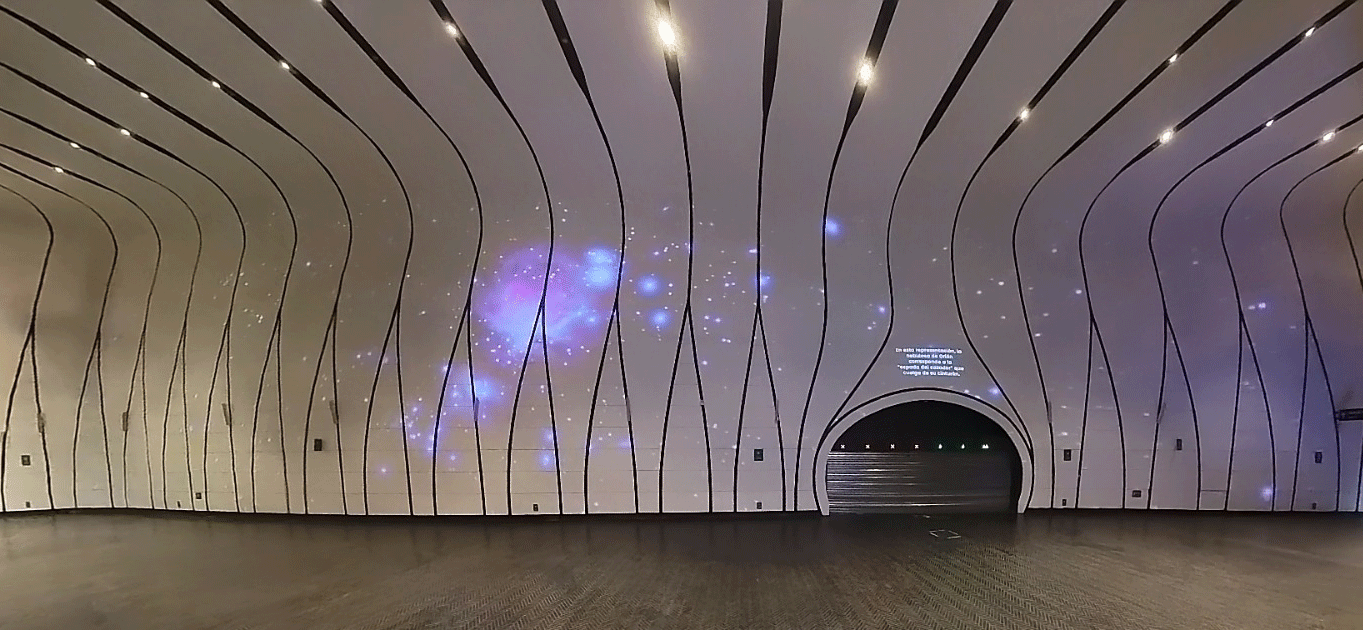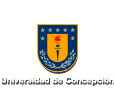[:en]
For an entire week the “Supernovae Through the Ages: Understanding the past to prepare for the future” conference gathered international supernovae experts, who discussed about the new challenges that the community is facing in the Big Data era and also about a new generation of astronomical instruments capable of efficiently mapping large areas of the sky.
Between last August 8th and 13th, the Millennium Institute of Astrophysics MAS organized the first version of the conference “Supernovae Through the Ages: Understanding the past to prepare for the future” as a way to celebrate the careers and significant contribution to the supernovae studies of astronomers Mark Phillips, current Director of Las Campanas Observatory, and Nicholas Suntzeff, Texas A&M University‘s Director of Astronomy of the Department of Physics and Astronomy. Along with MAS, this event was carried out thanks to the contribution of the European Southern Observatory ESO, Universidad de Chile, Universidad Católica de Chile, Universidad Andrés Bello, Universidad Diego Portales, Conicyt, Mitchell Institute for Fundamental Physics and Astronomy, Carnegie, Cassaca, AURA, Imagen de Chile Foundation and Rapa Nui’s Sebastián Englert Anthropological Museum.
“Supernovae Through the Ages,” which took place in Rapa Nui, gathered almost 140 experts from 19 different countries including, apart from the honorees, the 2011 Nobel Laureate in Physics, Brian Schmidt and the 2015 National Prize for Exact Sciences winner and President of Conicyt, Mario Hamuy, who also presided over the organizing committee.
“At international level, Chile has a quite outstanding team in the field of supernovae, hence we felt that Chile needed to organize the first meeting on this subject. Plus, this conference is celebrating the scientific careers of American astronomers Mark Phillips and Nicholas Suntzeff, who have built up most of their careers here in our country and have strongly influenced the creation of the Chilean group of supernovae. Besides, this is a great opportunity for the international community of astronomers to travel to this place and get to know the rich history and culture of Rapa Nui,” mentions Hamuy.
During the five days that the scientific conference lasted and throughout the 75 talks, the experts discussed about the state of the art level reached by this area in Chile and the entire world, and they also considered the new challenges for the following years. “In this inspiring scenario such as the one that Easter Island is offering us, we reviewed and forward planned different aspects of this area, which will allow us to coordinate efforts and create new research projects in order to understand the origin of supernovae, its role as chemical elements’ factory and as distance indicators in the Universe,” explains Hamuy.
What’s more, and in addition to what’s purely astronomical, the conference offered social and cultural sessions where the participants could learn more about Rapa Nui’s history and at the same time, it was organized an extensive outreach program to bring this science closer to the local community and to the rich history that links them to sky observation. Along with lectures by 2011 Nobel Laureate and 2015 National Prize for Exact Sciences, younger researchers carried out astronomy workshops for kids and students from all four schools in the Island, institutions that received the donation of telescopes and science books as a gift from the conference.
[:es]
La conferencia “Supernovae Through the Ages: Understanding the past to prepare for the future”, convocó por una semana a expertos internacionales en el estudio de las supernovas, quienes discutieron acerca de los nuevos desafíos que enfrentan en la era de los grandes volúmenes de datos y una nueva generación de instrumentos astronómicos capaces de explorar grandes regiones del cielo de forma muy eficiente.
Como una forma de conmemorar la carrera y crucial contribución al estudio de las supernovas de los astrónomos Mark Phillips, actual director del Observatorio Las Campanas, y Nicholas Suntzeff, director de astronomía del Departamento de Física y Astronomía de Texas A&M University, se realizó entre el 8 y el 13 de agosto pasado la primera versión de la conferencia “Supernovae Through the Ages: Understanding the past to prepare for the future”, organizada por el Instituto Milenio de Astrofísica MAS y con la contribución del Observatorio Europeo Austral (ESO), la Universidad de Chile, la Universidad Católica de Chile, Universidad Andrés Bello, Universidad Diego Portales, Conicyt, Mitchell Institute for Fundamental Physics and Astronomy, Carnegie, Cassaca, AURA, Fundación Imagen de Chile y el Museo Antropológico Sebastián Englert de Rapa Nui.
“Supernovae Through the Ages”, que tuvo como escenario Rapa Nui, reunió a casi 140 expertos de 19 países incluyendo, además de los homenajeados, al Premio Nobel de Física 2011 Brian Schmidt y al Premio Nacional de Ciencias Exactas 2015 y Presidente de Conicyt Mario Hamuy, quien presidió el comité organizador.
“Chile cuenta con un equipo muy destacado a nivel internacional en el tema de las supernovas, por lo que correspondía que nuestro país organizara una primera reunión sobre el tema. Esta conferencia es además en homenaje a las carreras científicas de los astrónomos norteamericanos Mark Phillips y Nicholas Suntzeff, quienes han realizado gran parte de su carrera en Chile y han incidido fuertemente en la formación del grupo chileno de supernovas. Además al equipo le pareció una gran oportunidad que la comunidad internacional de astrónomos pudieran conocer la rica historia y cultura de Rapa Nui”, comenta Hamuy.
Por los cinco días que duró la conferencia científica y durante las 75 exposiciones presentadas, los especialistas discutieron acerca del estado del arte de esta área en Chile y el mundo y se plantearon nuevos desafíos en los años siguientes. “En un ambiente estimulante como el que nos otorga Isla de Pascua, hicimos un trabajo de revisión y prospectiva que nos permitirá coordinar esfuerzos y formular nuevos proyectos de investigación en el afán de entender el origen de las supernovas, su rol como fábricas de elementos químicos y como instrumentos para medir distancias en el Universo”, explica Mario Hamuy.
Por otro lado, y además de lo netamente astronómico, la conferencia contó con sesiones sociales y culturales donde los asistentes pudieron conocer más acerca de la historia de Rapa Nui y al mismo tiempo se organizó un extenso programa de outreach acercando esta ciencia a la comunidad local y a la rica historia que los une con la observación del cielo. Además de realizarse charlas magistrales a cargo del Premio Nobel 2011 y el Premio Nacional de Ciencias 2015, los investigadores más jóvenes realizaron talleres de astronomía con los más pequeños y se reunieron con estudiantes en los cuatro colegios de la zona, donde se donaron telescopios y libros de ciencias para la comunidad escolar.
[:]












